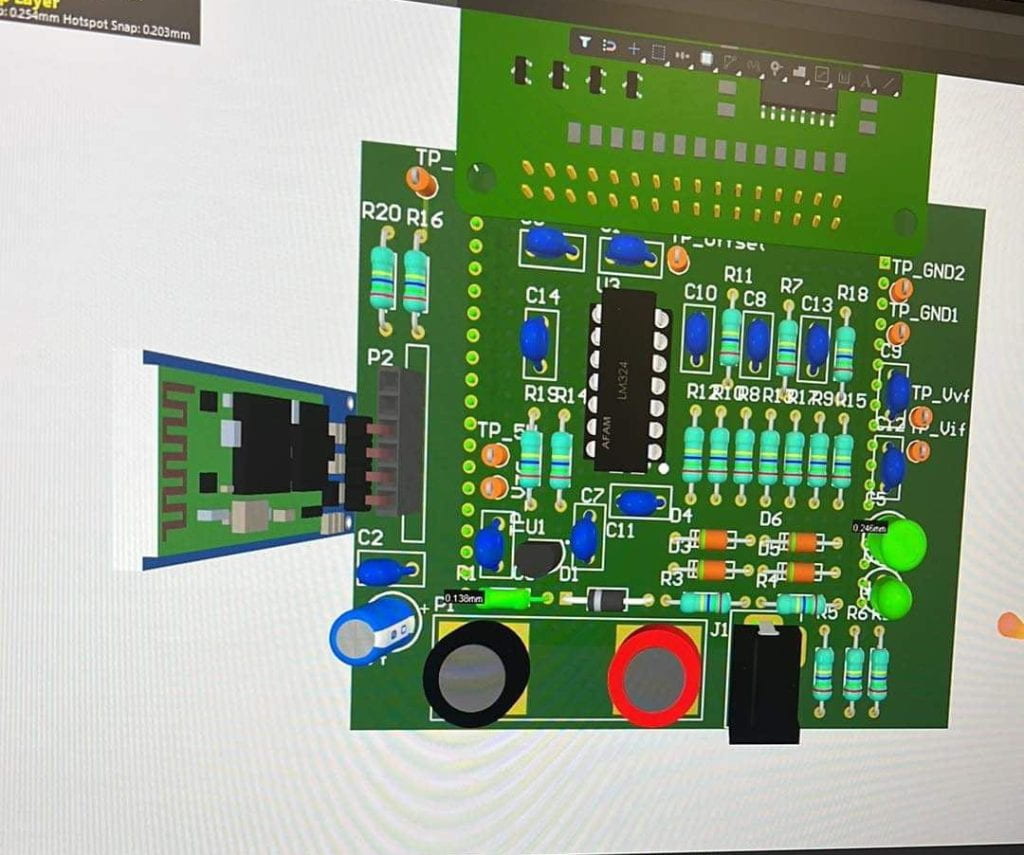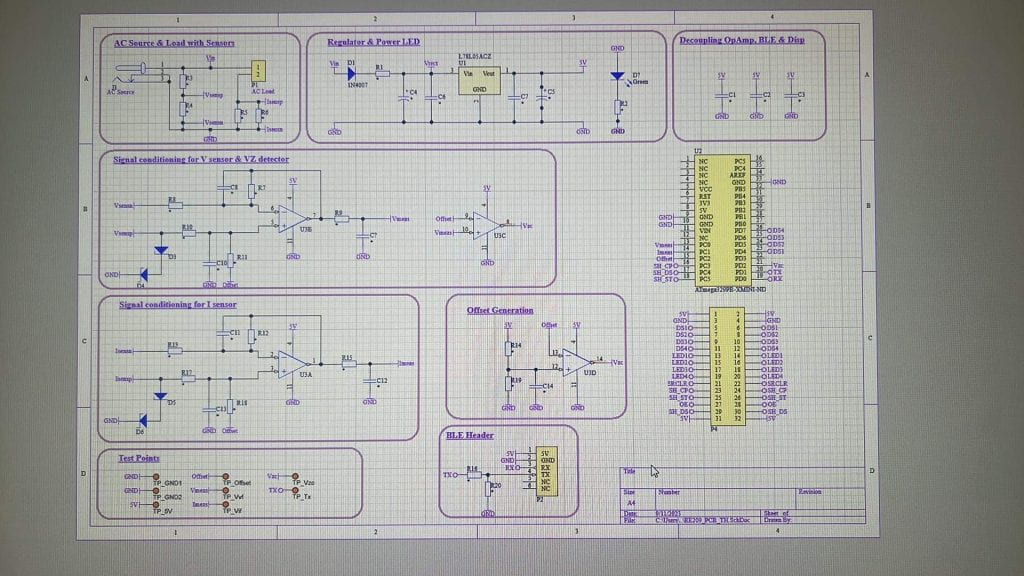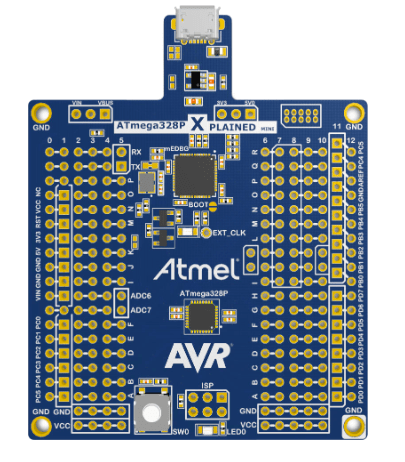Electrical Engineering isn’t just about theory; it’s about turning ideas into reality. In Electeng/Compsys 209, we bridge the gap between knowledge and application through PCB (Printed Circuit Board) and Firmware design. But that’s not all; this course also offers an exceptional opportunity to learn from experienced engineers who share their insights and journey in the world of Electrical Engineering
Said one of the lecturers at some point (I think)
Greetings, fellow engineering enthusiasts! Sasha here, and today, we’re about to embark on a thrilling journey that dives deep into the heart of Electrical Engineering’s practical side. Electeng/Compsys 209 not only equips us with the skills for PCB and Firmware design but also provides a unique opportunity to learn from seasoned engineers through enlightening seminars. Join me as we explore how this course bridges the gap between theory and practice while connecting us with the real-world experiences of professionals.
Understanding PCB Design:

Let’s begin by demystifying PCB design. A Printed Circuit Board is like the central nervous system of any electronic device. It’s where various electronic components come together to make a device function efficiently. Imagine it as a complex puzzle where each piece (component) plays a vital role in the overall functionality.
To your left you will see the PCB my 209 project group made simulated in Altium Designer.
The Art of PCB Layout:
In Electeng/Compsys 209, we learn the art of PCB layout. This involves designing the physical arrangement of components, traces (conductive pathways), and vias (connections between layers) on a PCB. We use specialised software like Altium Designer (as seen above) to create these intricate layouts, ensuring that signals flow smoothly and efficiently.
From Schematics to Reality:
Before diving into PCB layout, we start with schematics. Schematics are like blueprints, mapping out how each component connects to others. It’s a crucial step because it’s where we translate our ideas and circuit concepts into a visual representation.
To your right, you will see the schematic my group made also using Altium Designer

Firmware: The Digital Soul:

Now, let’s shift our focus to firmware. Firmware is the software that runs on embedded systems, like microcontrollers. In Electeng/Compsys 209, we learn how to program these microcontrollers, breathing life into our PCB designs. Firmware controls how the hardware functions, making it a vital component in any electronic device.
In Electeng/Compsys 209 we are programming the ATmega328P. You will learn about this microcontroller in Compsys 201, and then apply your knowledge in 209.
Real-World Insights Through Seminars:
Beyond the practical skills, Electeng/Compsys 209 offers a unique dimension to our education through seminars led by experienced engineers. These engineers have traversed the path we aspire to follow, and their insights are priceless.
How Seminars Enrich Our Education:
- Real-World Context: Seminars provide real-world context to the theories and concepts we study in the classroom. Hearing how professionals apply these principles in their work gives us a deeper understanding of their relevance.
- Career Insights: We get a sneak peek into the diverse career paths within Electrical Engineering. Engineers from various fields, such as telecommunications, automation, and aerospace, share their unique journeys, helping us envision our future careers.
- Networking Opportunities: These seminars are excellent networking opportunities. We can ask questions, seek advice, and even connect with potential mentors or employers.
- Inspiration: Listening to accomplished engineers can be incredibly inspiring. Their stories of overcoming challenges and achieving success motivate us to push our boundaries and strive for excellence.
Real-World Applications:
The knowledge gained from these seminars doesn’t just stay in the classroom. It finds practical applications in our projects and designs. Understanding how professionals approach challenges in the real world helps us design more robust and effective solutions.
A Bridge to the Future:
Electeng/Compsys 209 is not just about acquiring knowledge; it’s about forging connections with the real world. The combination of PCB and Firmware design with insightful seminars provides us with a bridge to our future careers. As we continue our educational journey, we carry with us the wisdom and experiences of those who have come before us.
These seminars remind us that the path to becoming successful engineers is not just about what we learn in the classroom but also about the connections we make and the wisdom we gain from those who have blazed the trail. It’s about bridging theory and practice, connecting with the real world, and ultimately, turning our engineering dreams into reality.
Sasha ⚡
